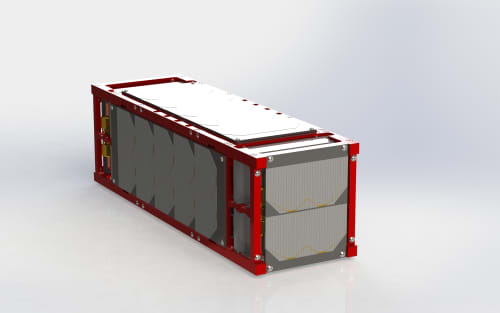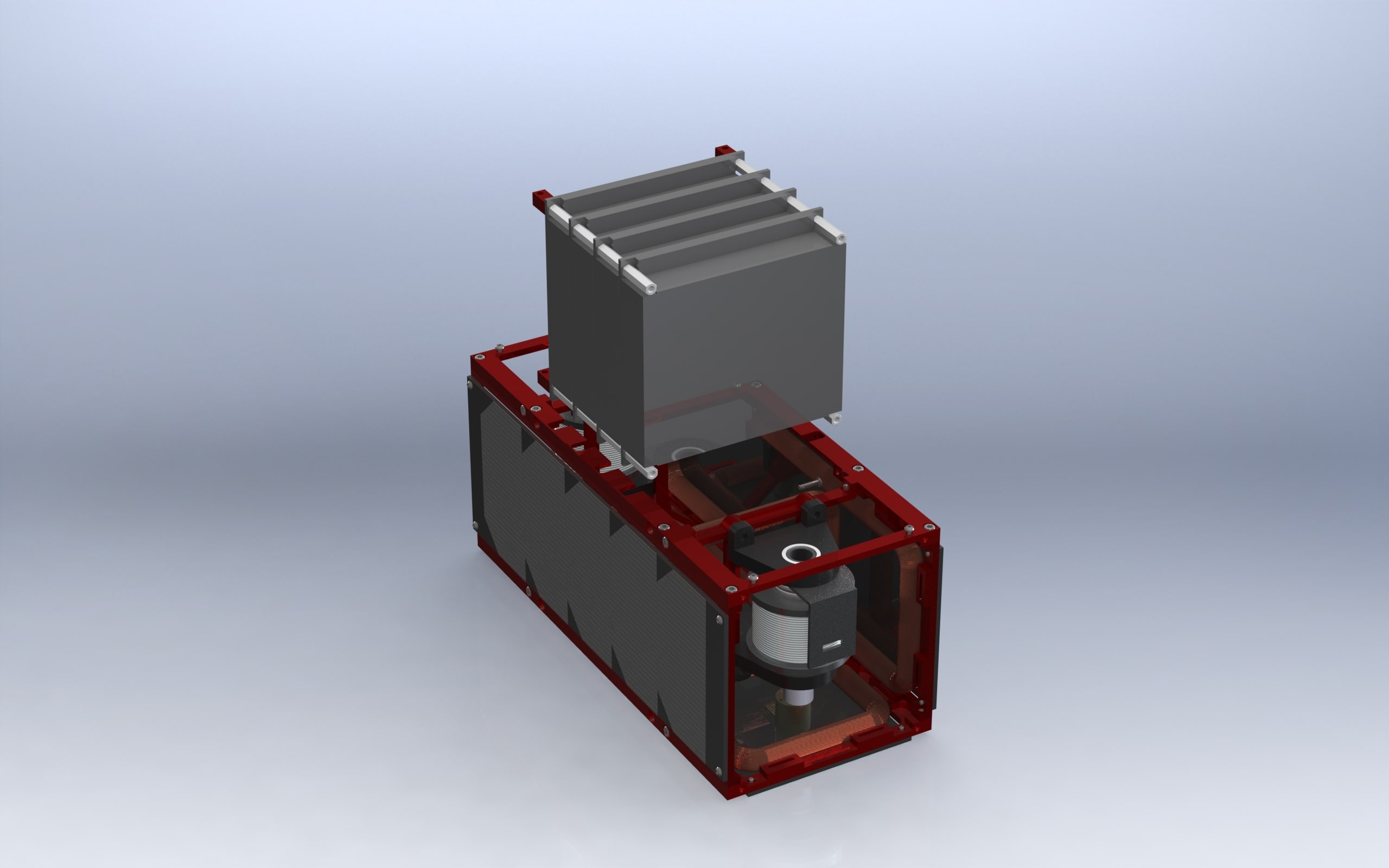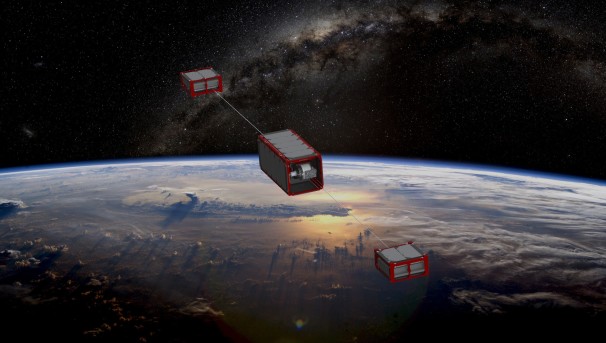This project is now in update mode. Check back regularly to see how things are progressing.
Cornell Artificial Gravity Satellite
We are CU Gravity, a team of Master of Engineering students attempting to design, fabricate, and eventually launch a satellite capable of simulating gravity up to Mars gravity.
Motivation:
Long term human spaceflight is currently out of reach for mankind for multiple reasons, one of the leading issues being human health in an extended zero gravity environment. Complications occurring because of a zero gravity environment include bone density decreasing at a rate of 1% per month, muscles atrophying, and significant issues arising with organ health. Without simulated gravity, the long term health of astronauts is thrown into question. In order to allow for further expansion of mankind into space, there must be a method in which simulated gravity is possible.
As of now, no purposeful or sustained gravity mission has ever been demonstrated in space.
Secondly, our motivation is to demonstrate the control of tethers in space. Previous tethered missions have all failed. One striking example is the ninth manned Gemini mission where a tether was used to attempt to create artificial gravity. They succeeded in creating a small amount of artificial gravity before the tether snapped.
We believe with proper tether actuation, control, and design it is possible to use tethers in space effectively.
Satellite Description:
The satellite is a 3U CubeSat. A U is a standard 10 cm by 10 cm by 10 cm volume. While this is an incredibly small volume, it is necessary to fit all of our critical components inside this space. This includes all subsystems, thermal, structural, power, ACS, avionics, and the tether. An image of the 3U satellite is shown below. 
This satellite is designed to eventually detach into one 2U and two 1/2U satellites. Each of these satellites must be able to exist as its own system in space, complicating an already intricate situation. Each satellite has its own solar panels, power system, thermal subsystem, and communications block. Pictured below are two snapshots of the insides of each satellite.


Mission Description:
Our mission is to achieve at least moon gravity while spinning at approximately 6 rpm. The satellite has a long mission to achieve first before it is able to simply simulate gravity. First, the satellite must be delivered to the launch provider and installed in a P-POD (Pico-poly Satellite Deployer). Once the satellite is installed and has been launched, the P-POD will spring the satellite out into Low Earth Orbit (LEO). This is where the real mission begins.
At this point, the satellite is passively charging in the light of the sun. Once the satellite has reached sufficient charge, it begins its health checks, ensuring the system is operating correctly, and slowly begins turning on subsystems. Once the satellite is fully operational, it starts to spin-up where it uses magnetic torque coils and the magnetic field of the Earth to spin in the desired direction.
Once 6 rpm is reached, the 3U satellite detaches and becomes a 2U and two 1/2U satellites. The system continues to spin until our mission is complete!
This mission is expected to take anywhere from 90 to 200 days, well within the time the satellite will be in orbit about Earth.
$10
Bronze Donor
A small gift that will undoubtedly assist in the creation of our project.
$50
Gold Donor
$50 will allow us to buy key sensors and move forward with our project.
$500
Orbital Donor
$500 will go directly towards purchasing the solar panels for our satellite!
$1,000
Universal Donor
$1,000 will pay for most of the avionics system of our satellite!




